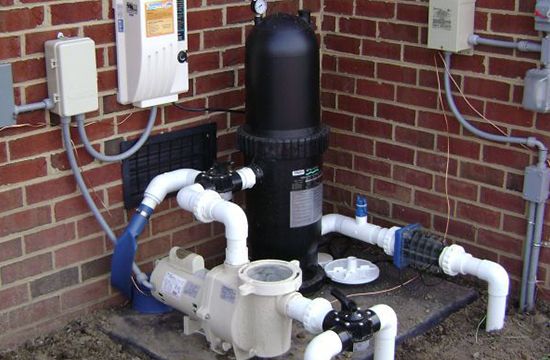Welcome to our comprehensive guide on how to convert your traditional chlorine-based pool to a saltwater system. Saltwater pools have gained popularity in recent years due to their lower maintenance requirements and gentler feel on the skin. In this article, we will walk you through the step-by-step process of making the switch to a saltwater pool system.
Benefits of Saltwater Pools
Before we delve into the conversion process, let’s first highlight some of the benefits of saltwater pools:
- Lower maintenance compared to traditional chlorine pools
- Softer on the skin and eyes
- Reduced chlorine smell and irritation
- Cost-effective in the long run
- Environmentally friendly
Steps to Convert to a Saltwater Pool
Now, let’s get into the nitty-gritty of converting your pool to a saltwater system. Follow these steps for a successful transformation:
1. Assess Your Pool
Start by assessing the size and type of your pool. Make sure it is suitable for a saltwater system conversion. Consult with a pool professional if needed.
2. Purchase A Salt Chlorine Generator
Invest in a quality salt chlorine generator. This device will convert the salt into chlorine to keep your pool sanitized. Make sure to choose the right size based on your pool’s capacity.
3. Gather Necessary Supplies
Collect all the supplies you will need for the conversion, including salt, a test kit, a flow meter, and any additional plumbing materials.
4. Drain The Pool
Before starting the conversion process, drain your pool to remove the existing water and chemicals. This will provide a clean slate for the saltwater system installation.
5. Install The Salt Chlorine Generator
Follow the manufacturer’s instructions to install the salt chlorine generator. Typically, this involves mounting the generator to the pool’s plumbing system and connecting it to the control panel.
6. Add Salt To The Pool
Once the generator is installed, add the appropriate amount of salt to the pool. Use a salt calculator to determine the correct quantity based on your pool’s size.
7. Test The Water
Use a test kit to check the salt and chlorine levels in the water. Adjust as needed to ensure the water is properly balanced.
8. Start Up The System
Turn on the salt chlorine generator and allow it to run to start producing chlorine. Monitor the system regularly to ensure it is functioning correctly.
Maintenance Tips for Saltwater Pools
Now that you’ve successfully converted your pool to a saltwater system, here are some maintenance tips to keep your pool in top condition:
- Regularly test the water chemistry and adjust salt and chlorine levels as needed
- Clean the salt chlorine generator cell periodically to remove any buildup
- Monitor the pool’s pH levels and adjust as necessary
- Check the water level and top up if needed
- Inspect the pool equipment regularly for any signs of damage

Credit: www.gpspoolstore.com

Credit: m.youtube.com
Conclusion
Changing your pool to a saltwater system can offer numerous benefits and a more enjoyable swimming experience. By following the steps outlined in this guide and maintaining your pool properly, you can enjoy the many advantages of a saltwater pool for years to come.
Remember, if you ever feel unsure about the conversion process, don’t hesitate to seek professional help to ensure a smooth transition to a saltwater pool system.




